We’ve covered a list of plant-based iron-rich foods in this article. Understanding which foods are high in iron might help you meet your dietary requirements easily.
Your body requires enough iron for physical development, oxygen delivery, energy building, hormone synthesis, and other vital bodily functions, especially when you are on a vegan or vegetarian diet.
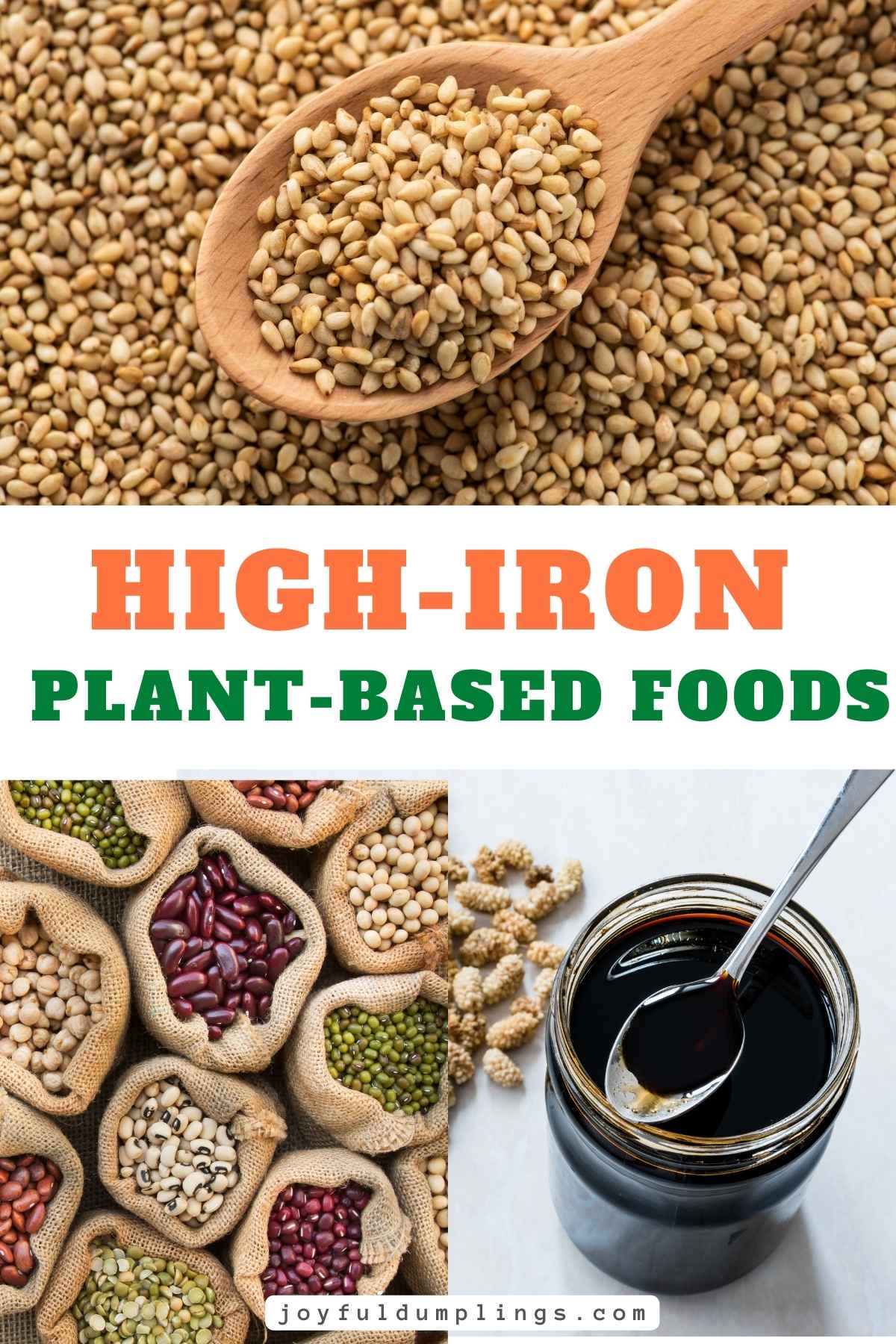
But do you know oron is an essential nutrient that is present in many plant foods? Many fortified foods, especially morning cereals, include it.
However, many individuals ingest less iron than the daily required quantity. This guide will help you spot more iron-rich foods and ways to incorporate them into your diet.
Why We Need To Get Enough Iron – The Essential Nutrient
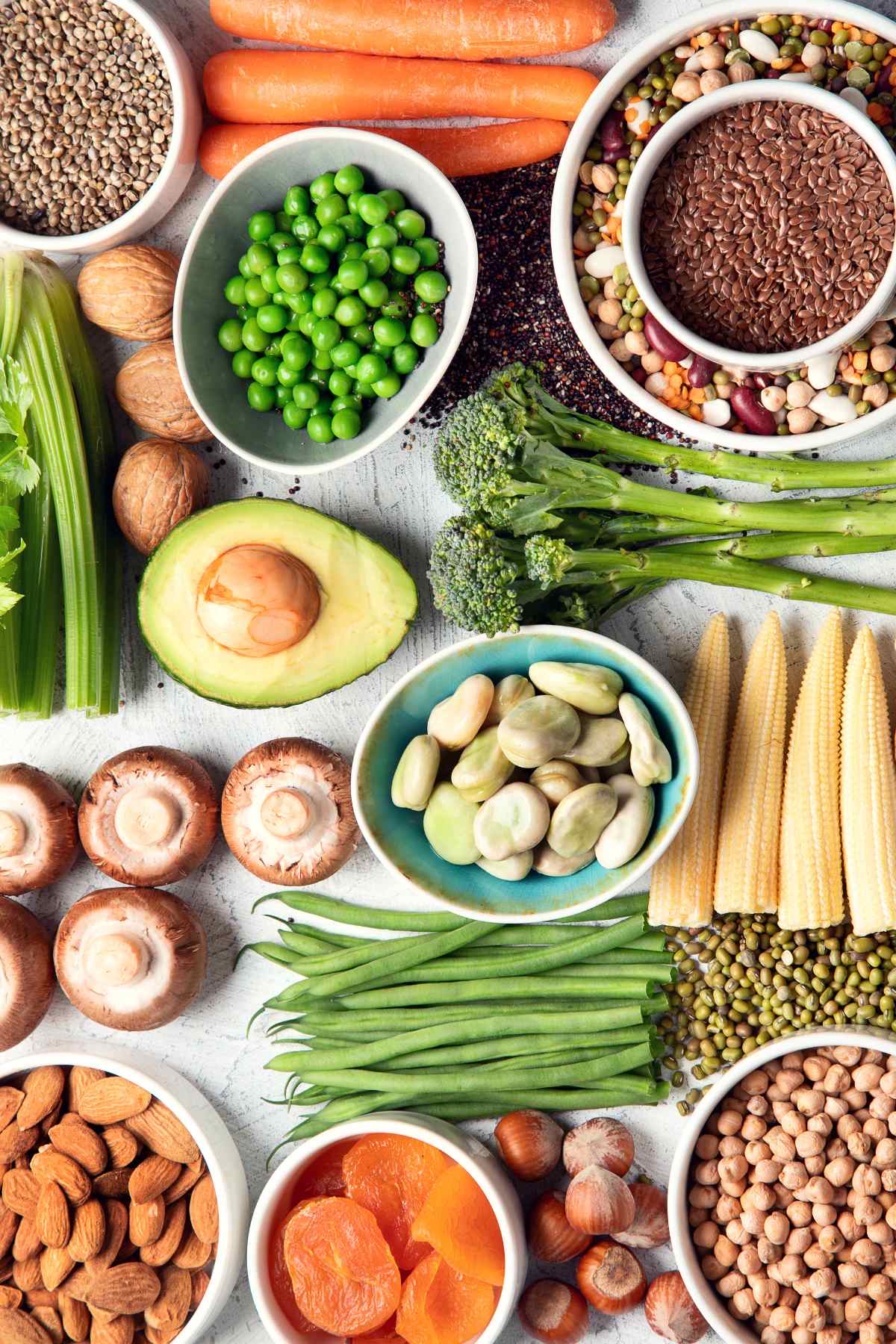
Iron is an important nutrient and its primary function is to carry oxygen throughout your body.
After it is absorbed by the body, iron supports the generation of hemoglobin, a protein in red blood cells that helps your body transport oxygen from your lungs to each of your cells and organs.
Blood contains roughly 65% of the iron in our body, and it is iron that provides our blood with its vivid red color.
Iron is required for growth and development, how cells operate, the creation of specific hormones, and oxygen delivery.
Our bodies recycle and reuse iron coming from old blood cells, meeting up to 90% of our iron requirements.
Yet, our body also loses tiny quantities of iron regularly. Most individuals lose roughly 1 mg (milligram) of iron daily via stools.
Plant-Based Source of Iron in Foods
So, how can you get enough iron without depending on beef, red meat, poultry, seafood, and organ meats?
Here are some healthy foods with iron that are plant-based and contain the same amount as — or more than — the 2 to 2½ mg of iron found in a regular plate of red meat.
1. Beans

We all know that beans are excellent for reducing your risk of heart disease. However, they’re also fantastic for your energy flow.
White beans, black beans, and kidney beans, for example, are rich in iron, with 8 and 4 grams per cup.
Beans have an essential fiber and protein combination that can help keep you satiated until your next meal.
As if that weren’t reason enough to include them in your favorite stew, grain bowl, and tortilla dishes, beans are also high in magnesium, potassium, and calcium.
(Source: WebMD)
2. Dark Chocolate
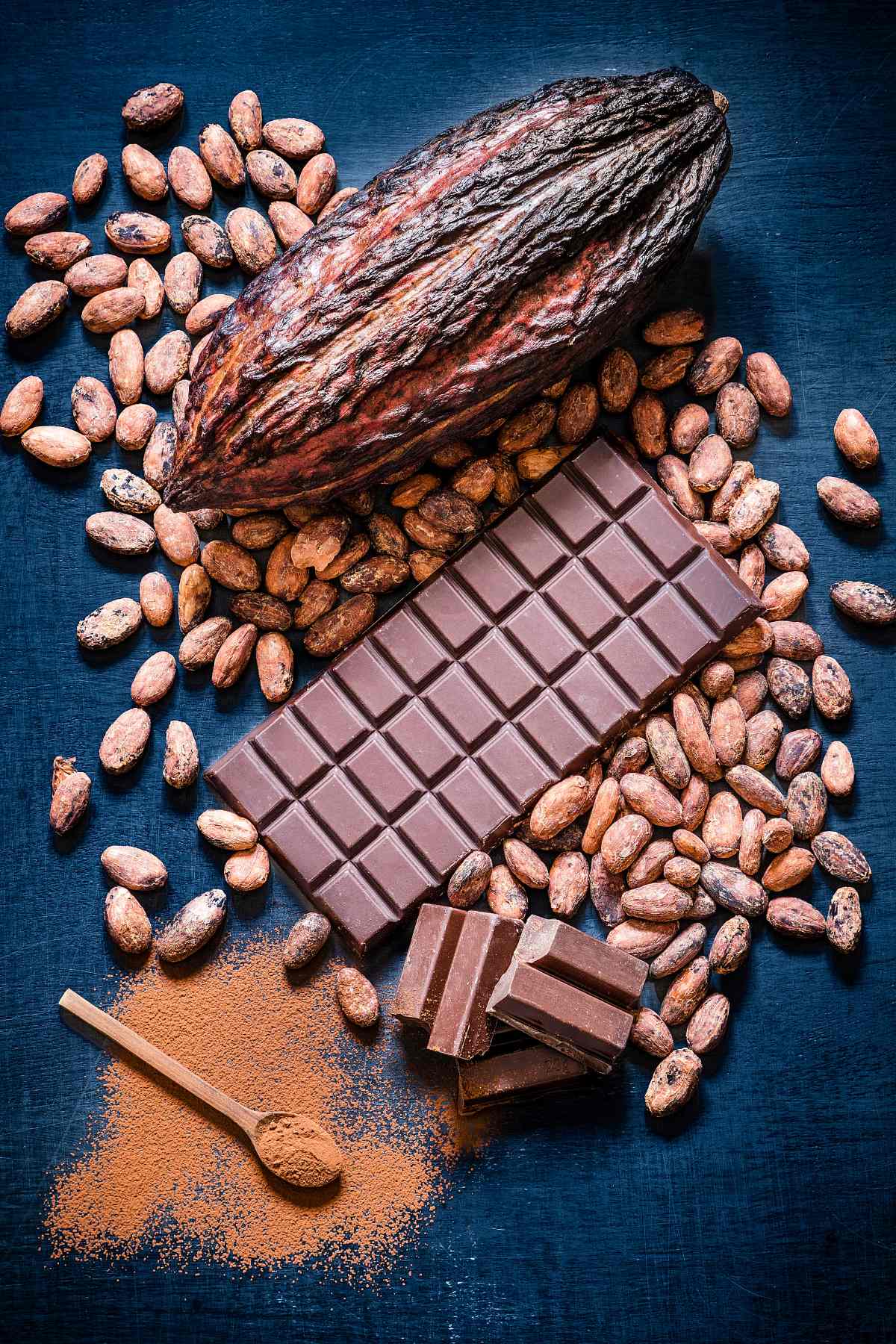
Don’t let your dark chocolate desires go unsatisfied— made from cacao, this delectable delicacy is also high in nutrients.
A 1-ounce serving size has 3.3mg of iron and magnesium, manganese, and fiber. You’ll gain over 2 grams of protein as well.
When shopping for dark chocolate, watch for the amount of sugar added and the proportion of cacao in the item. Go for at least 50% cacao in any bar you choose.
3. Chickpeas

Chickpeas, aka garbanzo beans, also provide additional taste to salads, salsas, and pasta. If you don’t like chickpeas’ texture, purée them to make iron-rich hummus.
The USDA lists 3.7 mg of iron per cup in chickpeas, making it an excellent source of iron. They also include 14.6 g of lean, plant-based protein per cup.
Adding citrus fruits such as lemon juice to its hummus boosts vitamin C and improves the absorption of iron (legumes’ non-heme iron).
When you consume an iron-rich meal with foods high in vitamin C, your body’s ability to absorb the iron improves.
4. Spinach

Popeye was right to stock up on spinach cans! The most fantastic superfood is this dark, leafy green.
One cup of boiled spinach provides 6mg of your daily iron needs and many other nutrients.
Fiber, magnesium, calcium, vitamins A, C, & K, and several other vitamins and minerals are abundant in spinach. We guarantee you won’t detect spinach in a smoothie if you don’t like it.
5. Broccoli
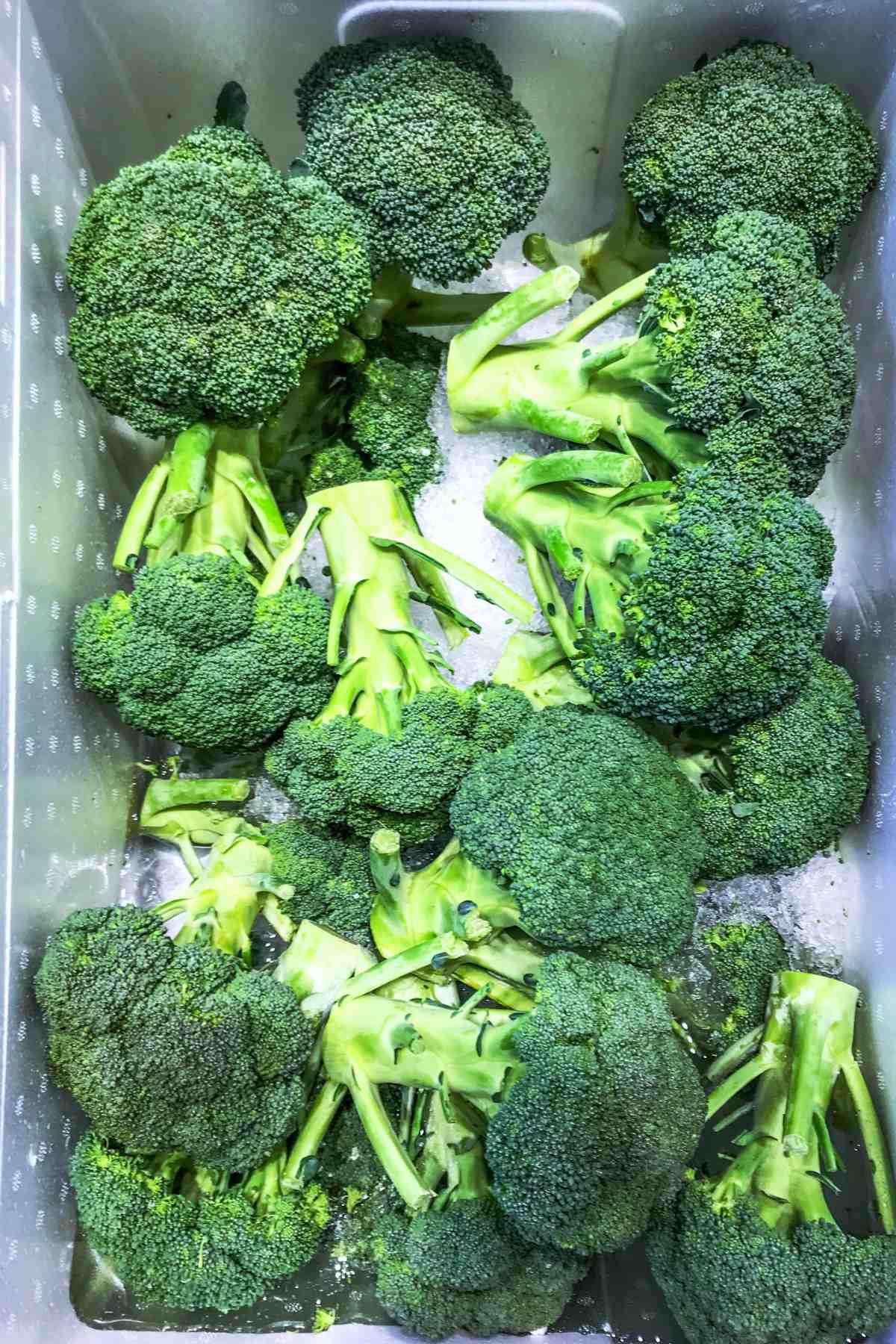
Broccoli is a nutritious vegetable that is known for its high iron content.
Although broccoli doesn’t contain as much iron as red meat, it is still a valuable source for vegetarians and vegans.
In fact, one cup of chopped broccoli provides approximately 1 milligram of iron.
6. Lentils
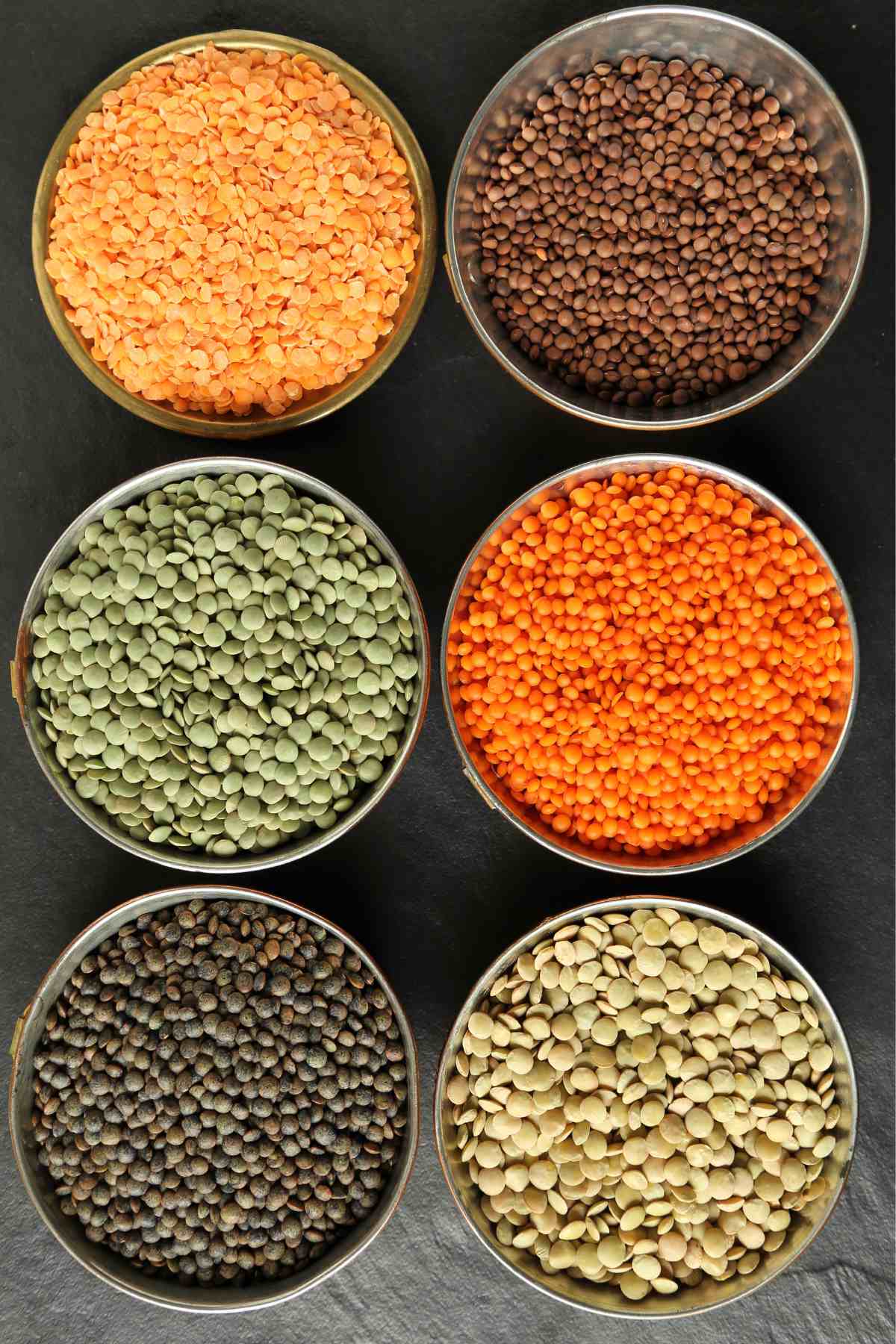
Lentils, a global staple, are now receiving the respect they deserve in the U.S. A half-cup of cooked lentils provides 3 mg of iron — 20% of your daily recommendation—and the protein-fiber needed to feel full after dinner.
Phosphorus, manganese, folate, and potassium-rich lentils make a fantastic post-workout snack.
We enjoy them in soups, salads, and curries, but spinach-haters add them to their morning smoothies.
7. Tofu
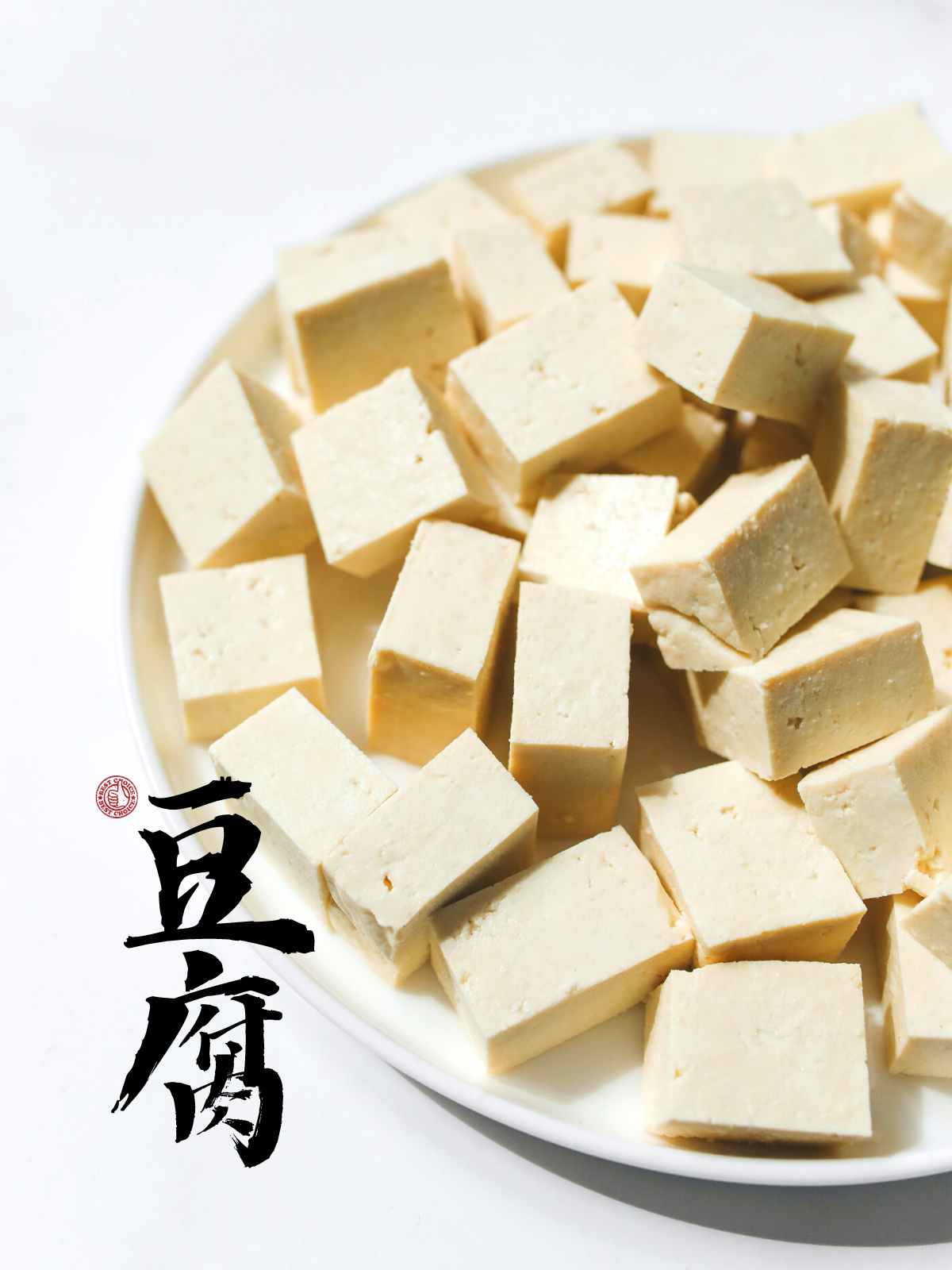
If you still hate tofu, think again.
Tofu is also a good source of iron and a diverse protein that restaurants are dishing up like never before.
A half-cup portion of this plant protein contains 3mg.
The tofu Parmesan dish is perfect for those who enjoy classic stir-fries or want to try something new.
When supplemented, this soybean-based protein contains manganese, selenium, magnesium, calcium, and phosphorus.
8. Sesame Seeds
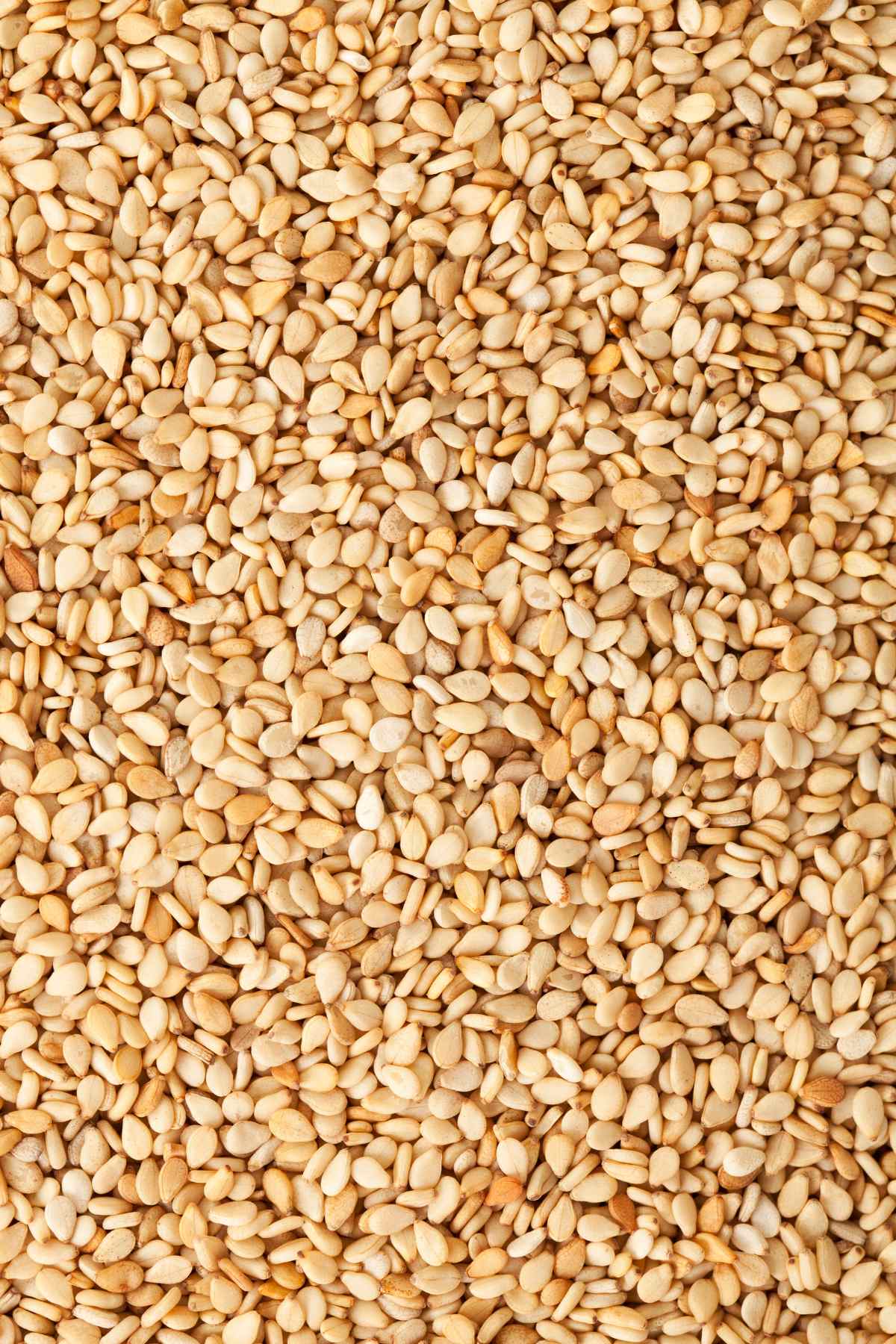
Sesame seeds have a delicious nutty flavor and are high in iron.
According to the USDA, these seeds contain 1.31 mg of iron per tablespoon, plus various other critical elements such as copper. They also include vitamin E, zinc, and phosphorus.
Scatter the seeds over a salad for a simple way to integrate them into your diet: A single tablespoon adds more than a milligram of iron to the food you eat — and when your goal is 18 mg of iron per day, each bit matters!
9. Oatmeal & Cereals

Many items in modern supermarkets have added nutrients to help us fulfill our nutritional goals, and cereals are a popular option for a daily dose of iron.
Oats are surprisingly high in iron, with around 10% in a half-cup meal, but this is sometimes increased if you choose a fortified version.
Popular cereals can supply up to 90% of your daily value for iron in a single serving.
10. Legumes

Plant foods like legumes are an excellent source of iron, especially for people who eat a vegan diet. Iron-rich legumes supply essential dietary iron, protein, and fiber, contributing to general health.
They are adaptable and may be used in soups, salads, or as dinner dishes.
Fresh or canned legumes preserve their nutritional and iron content, making them handy and useful for frequent intake.
11. Blackstrap Molasses
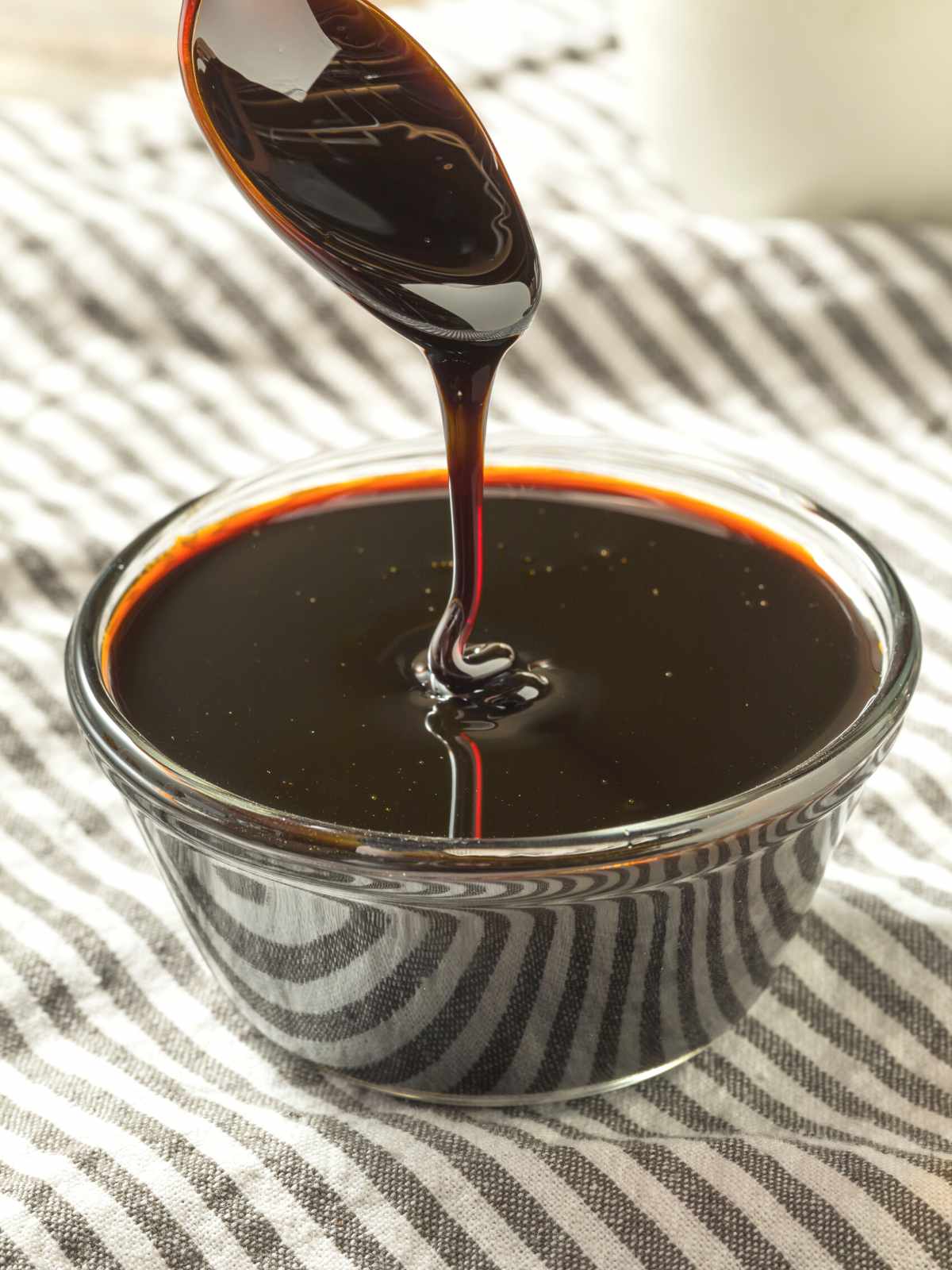
You’ve probably heard of folks who take a tablespoon of molasses daily for the iron advantages.
A tablespoon of this thick sweetener contains over 3mg of iron and more than 10% of your recommended daily potassium & calcium needs.
Molasses is most typically used in baking and is responsible for gingerbread cookies’ distinctive color.
We believe that a spoonful of sugar lets the molasses dissolve and recommend utilizing it in baking rather than taking a tablespoon daily!
Types of Iron: Heme Iron & Non-Heme Iron
There are two types of iron: non-heme iron from plant sources and heme iron from animal sources.
Heme iron is easier to absorb by the human body versus non-heme iron from plant foods, so getting both kinds of iron in your diet can be advantageous.
If you are a vegan or a vegetarian, you’ll need almost twice the amount of iron daily (approximately 1.8 times as much).
How Much Iron You Need Per Day
According to NIH (National Institutes of Health), various categories of individuals need varying amounts of iron per day:
- Women aged 19 to 50 who are not pregnant should take 18 milligrams.
- 27 mg for pregnant women
- 8 mg for women aged 51 and above
- Men aged 19 and above need 8 mg
- Depending on age, infants and children need 7 to 16 mg.
What is Iron-Deficiency Anemia

A condition called Iron deficiency anemia is an especially prevalent form of anemia, defined as a shortage of healthy red blood cells in the blood. Red blood cells transport oxygen to the tissues of the body.
A lack of iron causes it, as the name indicates.
Without adequate iron, your body cannot make enough hemoglobin, a component in red blood cells that allows them to transport oxygen. Consequently, it may cause fatigue and shortness of breath.
Iron supplemental intake can generally cure anemia. Additional testing or medications may sometimes be required, particularly if your doctor fears you are bleeding internally.
Symptoms:
Iron deficiency anemia may be so minor at first that it goes unrecognized.
However, when the body’s iron deficiency develops and the anemia worsens, the signs and symptoms become more severe. Signs and symptoms could involve the following:
- Terrible fatigue
- Paling of skin
- Weakness
- Chest discomfort, rapid heartbeat, or shortage of breath
- Dizziness, headache, or lightheadedness
- Hands and feet are cold.
- The tongue is inflamed or painful.
- Nails get brittle
- Odd cravings for non-nutritive things such as ice, dirt, or starches are
- Appetite loss, particularly in babies and kids
(Source: Nih.gov)
Avoid Excessive Iron Absorption
The National Institutes of Health warns against consuming more than 45 mg of iron level per day if you’re an adult or teenager and greater than 40 mg per day if you’re 13 and below.
In a Nutshell
Iron is a mineral that is present in a variety of animal and plant-based meals.
Eating a balanced diet rich in heme and non-heme iron assists in guaranteeing adequate intake of this crucial mineral.
If you believe you are not getting enough iron or are iron deficient, schedule a visit to your healthcare practitioner to check your iron status and get guidance on achieving and maintaining appropriate iron levels.

FAQs
When you combine heme iron with meals rich in non-heme iron, your body absorbs the iron more thoroughly.
Vitamin C-rich foods, such as tomatoes, citrus fruits, and peppers, can also aid in the absorption of non-heme iron.
Iron plays a role in preserving numerous critical bodily functions, notably overall energy, gastrointestinal systems, the immune system, and body temperature control.
The advantages of iron are often overlooked until someone is deficient.
Adults absorb just around 1 mg of iron from their diet daily, which is lost daily due to cell breakdown.
Absorption rises with iron deficiency, however, the particular signaling mechanism is unclear; still, absorption seldom exceeds 6 mg per day until additional iron is provided.
Sign Up to Joyful Dumplings!
Subscribe to our mailing list and join our community!
Thank you for subscribing.
Something went wrong.